Key Takeaways
Creating licensed character statues requires balancing artistic vision with legal obligations. Below are essential considerations for navigating intellectual property (IP) compliance and production processes:
- Legal Foundations: Character statues derive from copyrighted or trademarked IP. Unauthorized reproductions risk lawsuits, even for fan art or non-commercial projects.
- Design Compliance: Modifying a character’s appearance doesn’t automatically avoid infringement. Courts often assess "substantial similarity" to original works.
- Licensing Pathways: Formal agreements with IP holders are mandatory for commercial projects. Licenses specify production limits, royalties, and quality standards.
| Step | Purpose | Common Requirements |
|---|---|---|
| IP Research | Verify ownership and existing licenses | Trademark databases, copyright registries |
| License Negotiation | Secure legal rights for production | Royalty rates, territory restrictions |
| Design Approval | Ensure alignment with IP guidelines | Style guides, material specifications |
First, always confirm a character’s legal status before prototyping. Public domain figures (e.g., classic literary characters) have fewer restrictions, while modern icons (e.g., superheroes) require explicit permissions. Additionally, collaborate with legal experts to review licensing terms, particularly regarding digital distribution and 3D printing. Finally, document every approval stage to mitigate disputes. These steps form a framework for ethically and legally bringing character statues to market.
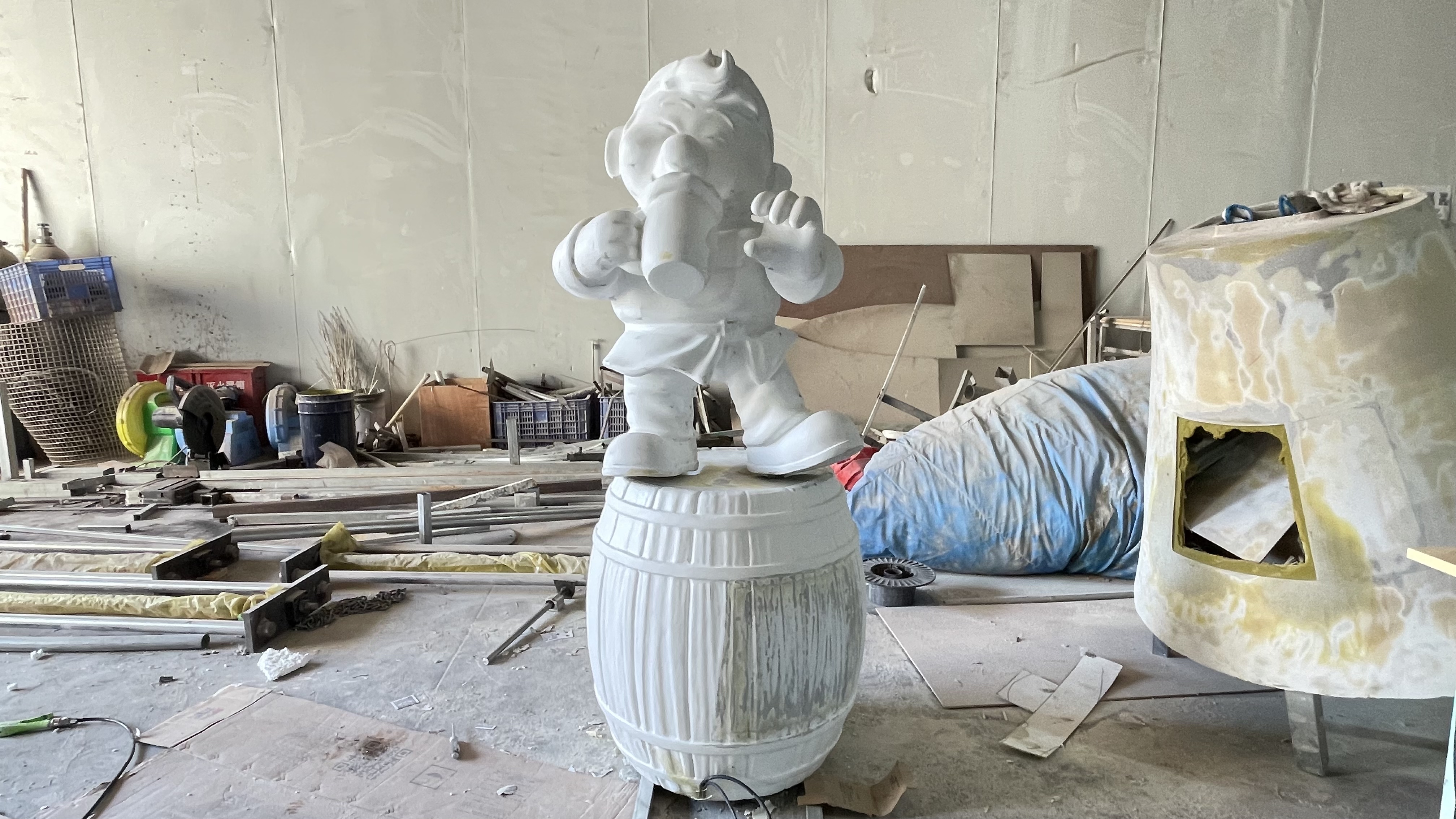
Legal Rights for Licensed Character Statues
Licensed character statues derive their legality from intellectual property (IP) rights held by copyright owners, trademark registrants, or contractual licensors. These rights govern how characters—whether fictional, historical, or branded—can be reproduced in three-dimensional forms. For example, creating a statue of a Marvel superhero without Marvel’s authorization violates U.S. copyright law, even if the design is original. Similarly, trademarked logos or distinctive character features (e.g., Mickey Mouse’s ears) require explicit permissions to avoid infringement.
"The line between inspiration and infringement is thin. Always verify if a character’s IP is under active protection or has entered the public domain," advises Sarah Lin, an IP attorney specializing in entertainment law.
To comply, creators must secure licenses that outline usage scope, distribution limits, and royalty obligations. Licensing agreements often specify design approvals, production quantities, and geographic sales regions. Notably, some characters may involve overlapping rights—such as a fiberglass sculpture combining a copyrighted character with a trademarked logo—requiring dual permissions.
Tip: Public domain characters (e.g., Sherlock Holmes) still risk trademark conflicts if modern adaptations include protected elements. Always cross-check databases like the U.S. Copyright Office or WIPO’s Global Brand Database before finalizing designs. Proactive legal reviews during early design phases reduce delays and costly revisions later.
Avoiding Intellectual Property Infringement Risks
Navigating intellectual property (IP) risks requires a clear understanding of ownership boundaries. Before creating licensed character statues, verify whether the character’s design, name, or likeness is protected under copyright, trademark, or publicity rights. For example, characters from films, comics, or video games are typically owned by studios or publishers, and unauthorized reproductions—even as fan art—can lead to legal disputes. Start by conducting a thorough search of registered trademarks and copyright databases to identify active protections.
A common pitfall involves assuming that older characters are automatically in the public domain. Copyright terms vary by jurisdiction; Mickey Mouse, for instance, remains under protection in certain regions despite his 1928 debut. When collaborating with designers, ensure contracts explicitly address IP ownership to prevent unintentional infringement. For commercially sold statues, consider consulting an IP attorney to review designs for compliance. Tools like reverse image searches or IP character sculpture registries can help identify conflicting claims.
Proactive measures include securing licenses or creating original derivatives that transform the source material enough to qualify as fair use. Document all permissions and avoid replicating signature poses, color schemes, or accessories tied to copyrighted works. By prioritizing due diligence, creators minimize litigation risks while respecting artistic and legal boundaries.
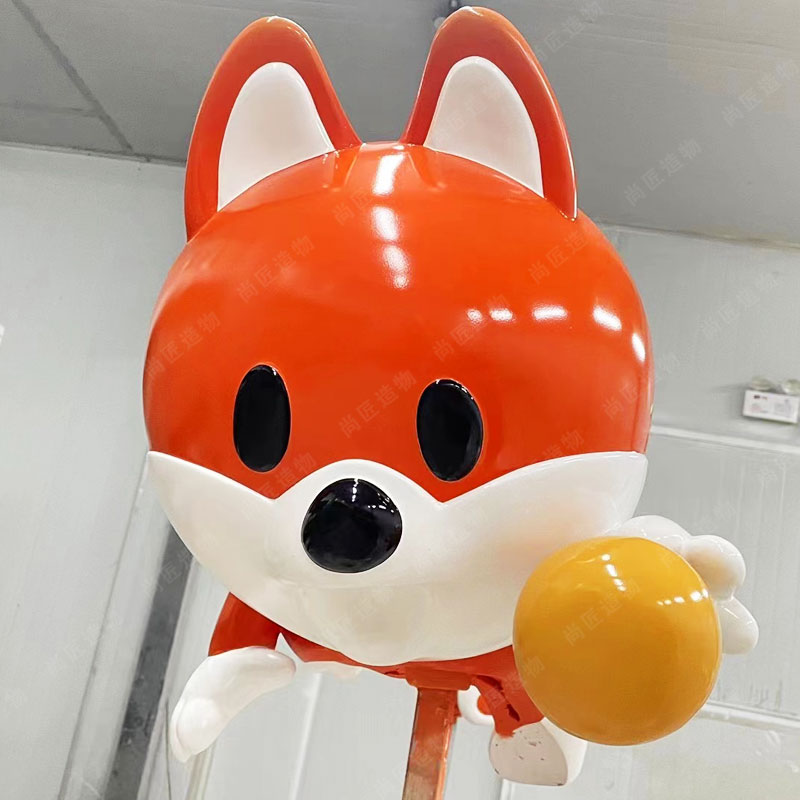
Compliance Steps in Statue Design Process
Designing licensed character statues requires methodical adherence to intellectual property (IP) laws to avoid legal pitfalls. First, verify the character’s ownership by researching registered trademarks or copyrights through databases like the U.S. Copyright Office or WIPO’s Global Brand Database. Next, secure written licensing agreements specifying permitted uses, production limits, and royalty structures. For example, reproducing a superhero’s likeness often demands approval from both the comic publisher and film studio if the design draws from multiple media sources.
During the design phase, document all concept iterations to demonstrate originality while respecting the IP holder’s style guidelines. Collaborate with legal advisors to review sketches for unintended similarities to unlicensed derivatives. Manufacturers specializing in stainless steel sculpture or other materials should also sign non-disclosure agreements to protect proprietary details. Finally, submit prototypes for licensor approval before mass production, ensuring alignment with contractual terms. This structured approach not only mitigates infringement risks but also builds trust with IP holders for future collaborations.
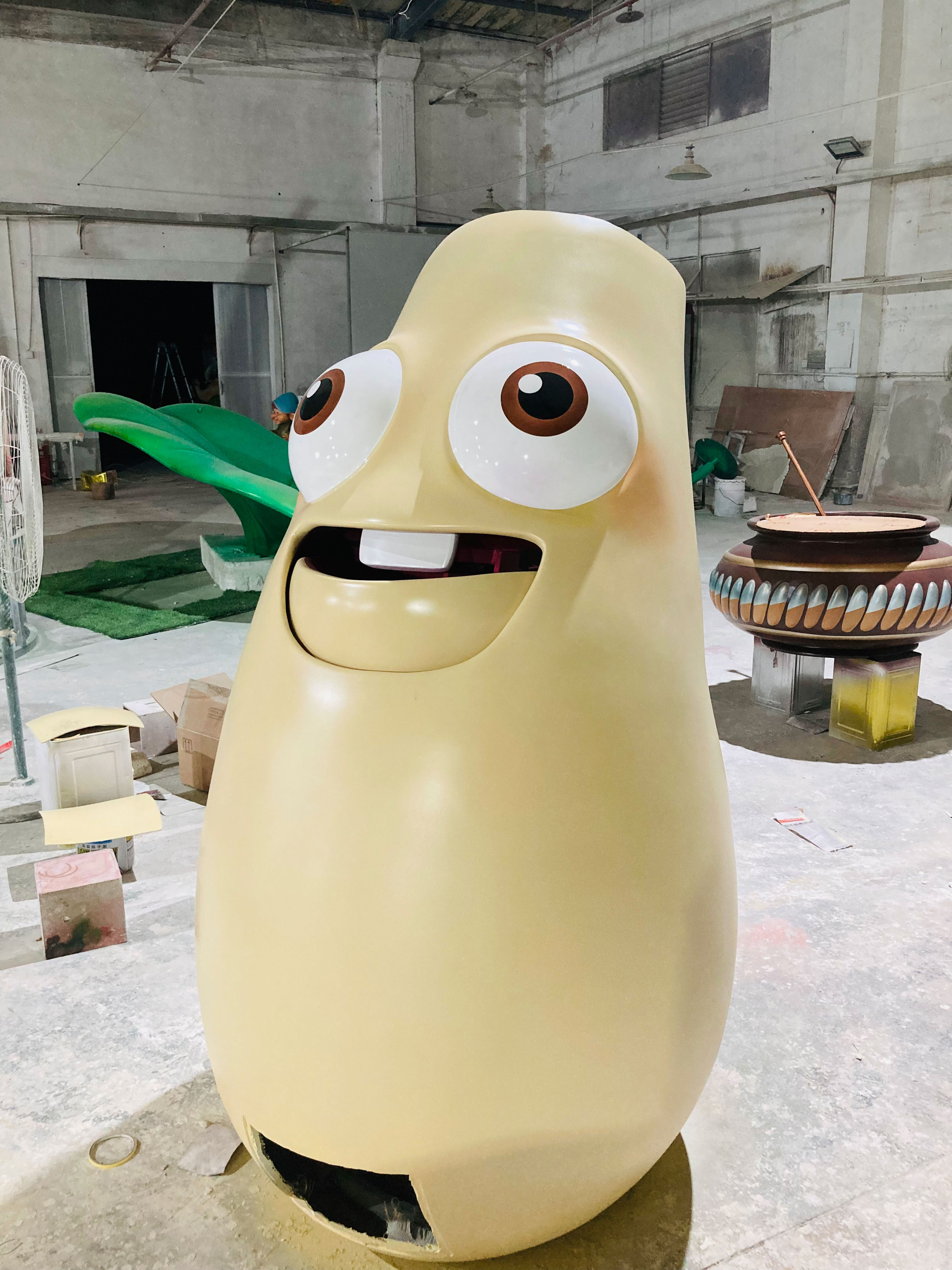
Authorized Reproduction Best Practices Guide
Securing proper licensing agreements forms the foundation of legally compliant character statue production. Begin by identifying the intellectual property (https://en.artmovr.com/) projects typically require design approval cycles to ensure alignment with brand guidelines.
Establish clear documentation outlining material specifications, production quantities, and geographic sales limitations. Use licensed reference materials provided by rights holders to maintain visual accuracy, avoiding deviations that could violate trademark protections. Implement quality control checkpoints to verify details like proportions, color matching, and insignia placement.
For limited editions, embed tamper-proof certificates or holographic seals to deter unauthorized replication. Collaborate with legal advisors to audit manufacturing partners, ensuring subcontractors adhere to licensing terms. Digital distribution of 3D-printable files demands additional safeguards, such as blockchain-based ownership tracking or encrypted access controls.
Proactive communication with licensors reduces risks—report production milestones promptly and address potential conflicts before commercialization. By integrating these practices, creators balance artistic integrity with legal obligations, minimizing disputes while preserving the value of original IP.
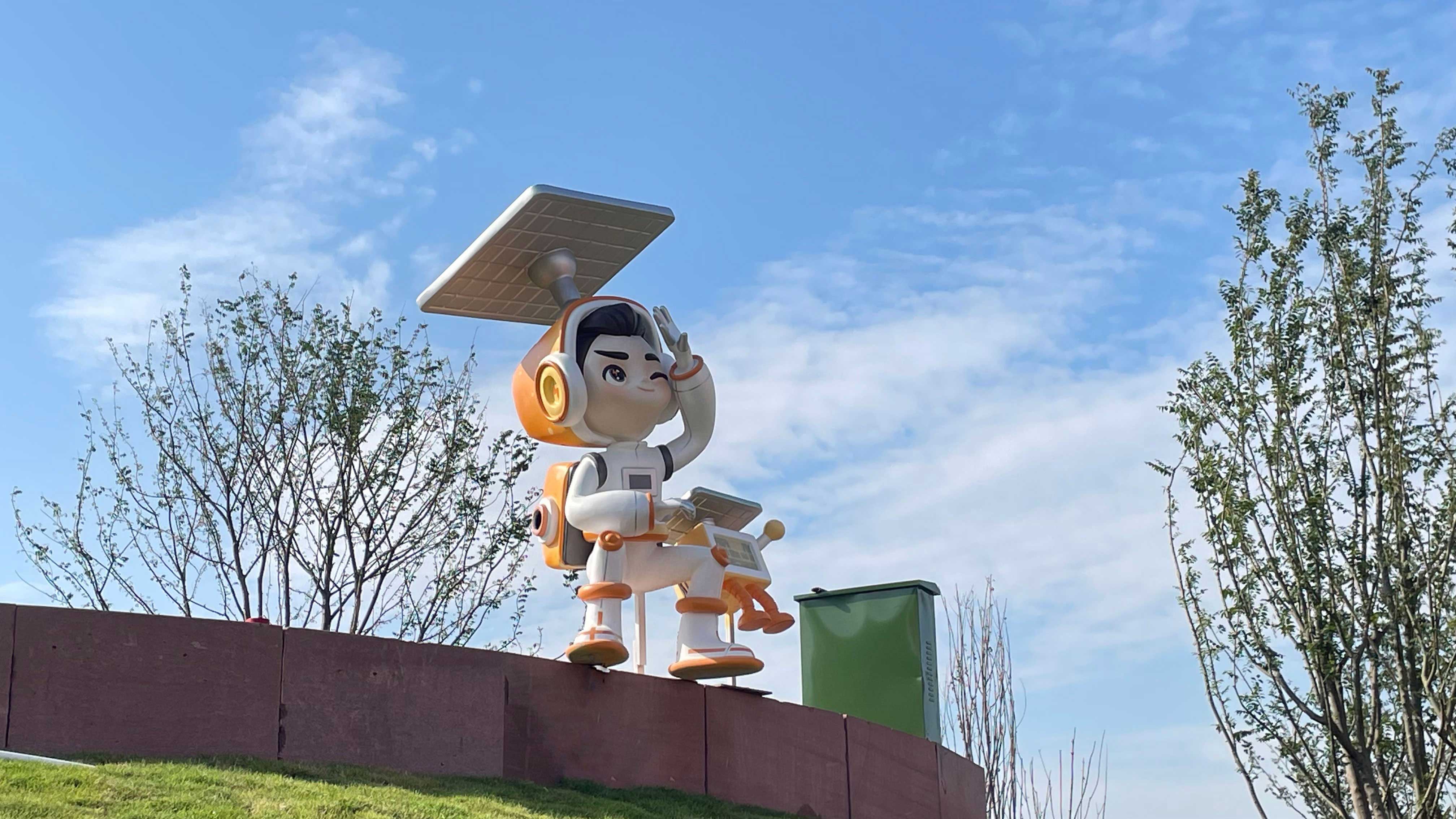
Securing Licenses for Character Statue Creation
Obtaining proper licensing is a critical first step when creating statues based on copyrighted characters. Intellectual property (https://en.artmovr.com/) inspired by a popular animated character would need written approval from the IP owner before commercialization.
Licensing terms often vary by medium and scale. Limited-edition statues may require different permissions compared to mass-produced items. Legal contracts typically outline design approvals, geographic distribution boundaries, and profit-sharing models. Working with IP attorneys ensures compliance with regional laws, such as the Digital Millennium Copyright Act (DMCA) in the U.S. or the European Union’s Copyright Directive. Proactive licensing not only mitigates infringement risks but also builds credibility with both rights holders and collectors, fostering long-term partnerships in the collectibles market.
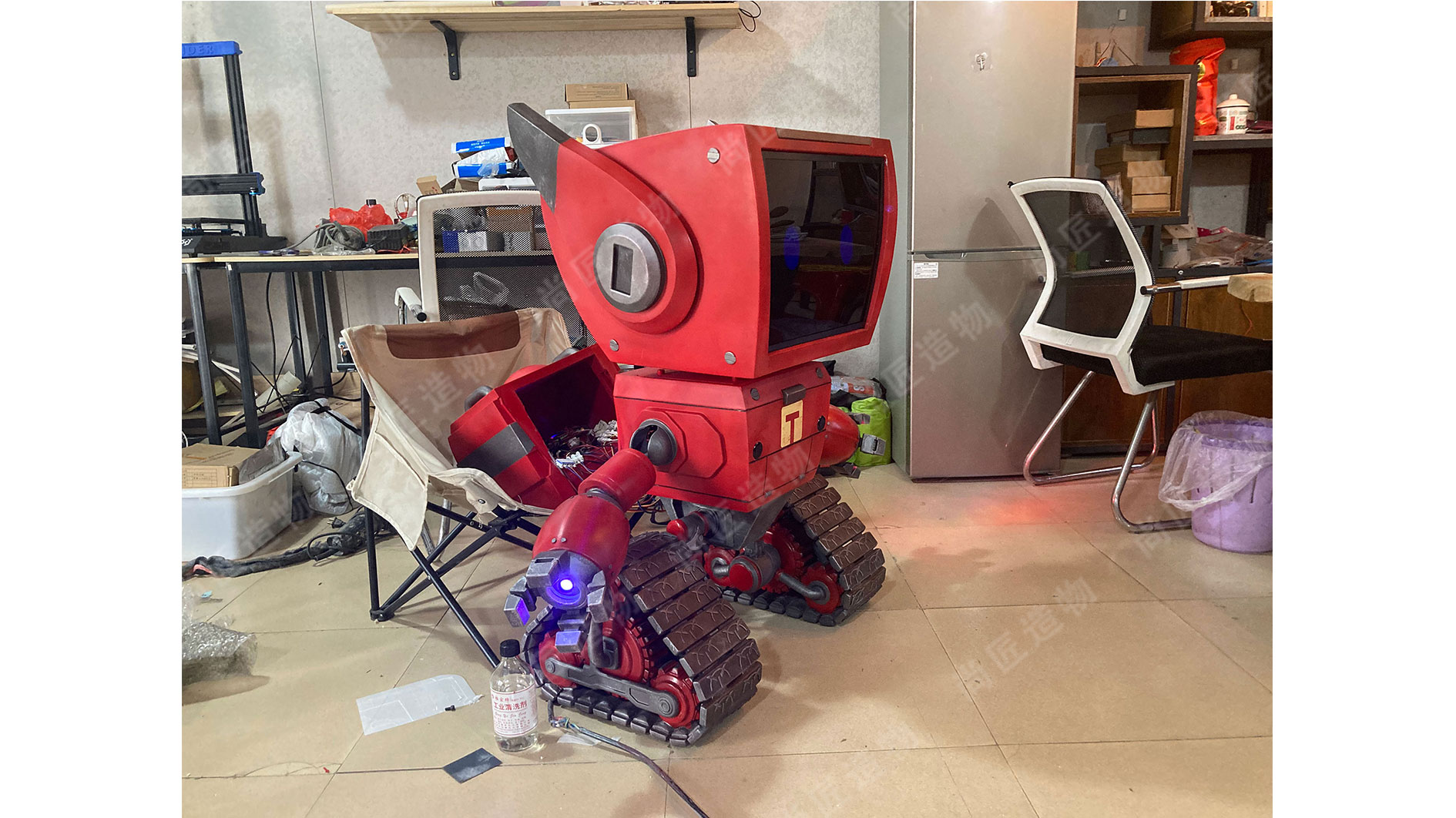
Case Studies: Legal Disputes in Fan Art Sales
The commercial sale of fan-created character statues frequently intersects with complex intellectual property disputes. A notable example involves a 2019 lawsuit where a small-scale artist faced legal action for selling unlicensed realistic sculpture replicas of a popular comic book hero. Despite claims of "transformative use," courts ruled the works infringed trademark rights due to their direct commercial competition with licensed merchandise.
Another case emerged in 2021 when a studio producing limited-edition anime figurines failed to secure rights from the original Japanese licensor. The $2.3 million settlement highlighted the risks of relying on vague "fan art exemption" arguments, particularly when replicating distinctive character silhouettes or color schemes. These disputes underscore the importance of preemptive license verification, even for non-mass-produced items. Legal experts note that while fan creativity drives niche markets, statutory damages under the Digital Millennium Copyright Act can exceed $150,000 per infringing work—a risk few independent creators can absorb. Transitioning to authorized partnerships often proves safer, as demonstrated by several Etsy sellers who successfully negotiated micro-licenses after removing disputed listings.
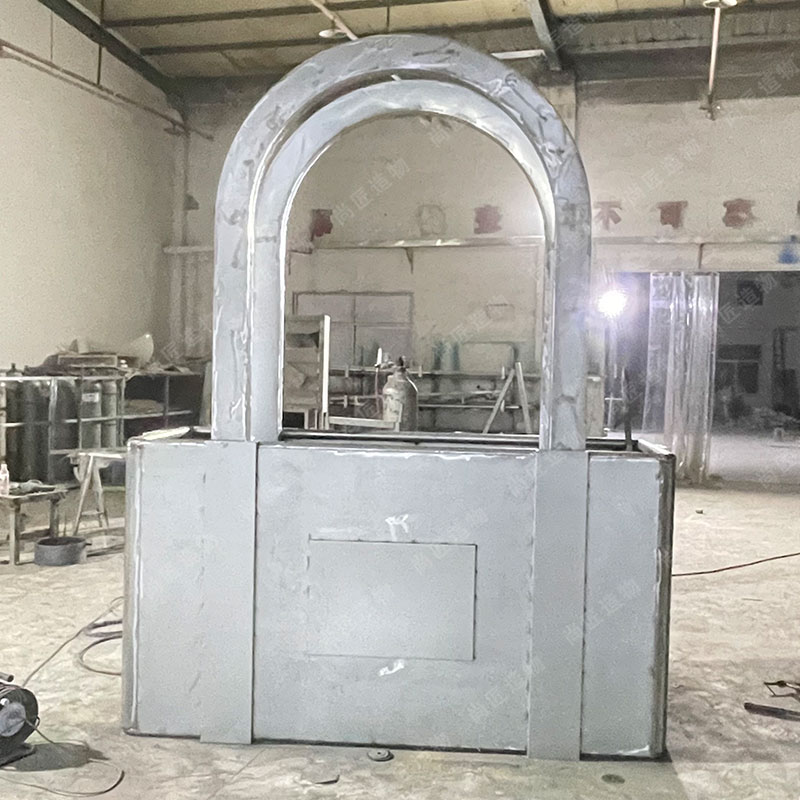
Maintaining Authenticity While Following IP Laws
Balancing creative authenticity with legal compliance requires careful planning. Creators must first identify which elements of a character statue are protected by intellectual property (IP) laws, such as distinctive features, logos, or color schemes. Working with IP attorneys or licensing specialists can clarify boundaries while preserving the statue’s recognizable traits. For example, altering non-protected aspects like poses or backgrounds can maintain artistic integrity without infringing on trademarks.
Licensing agreements often specify how original designs must align with brand guidelines. Adhering to these terms ensures authenticity while avoiding legal risks. Tools like 3D modeling software allow creators to test variations that meet both artistic and legal standards. Documentation of design iterations and licensing permissions also strengthens compliance records. By prioritizing collaboration with rights holders and transparent design processes, artists can craft statues that honor source material without compromising originality or violating IP laws.
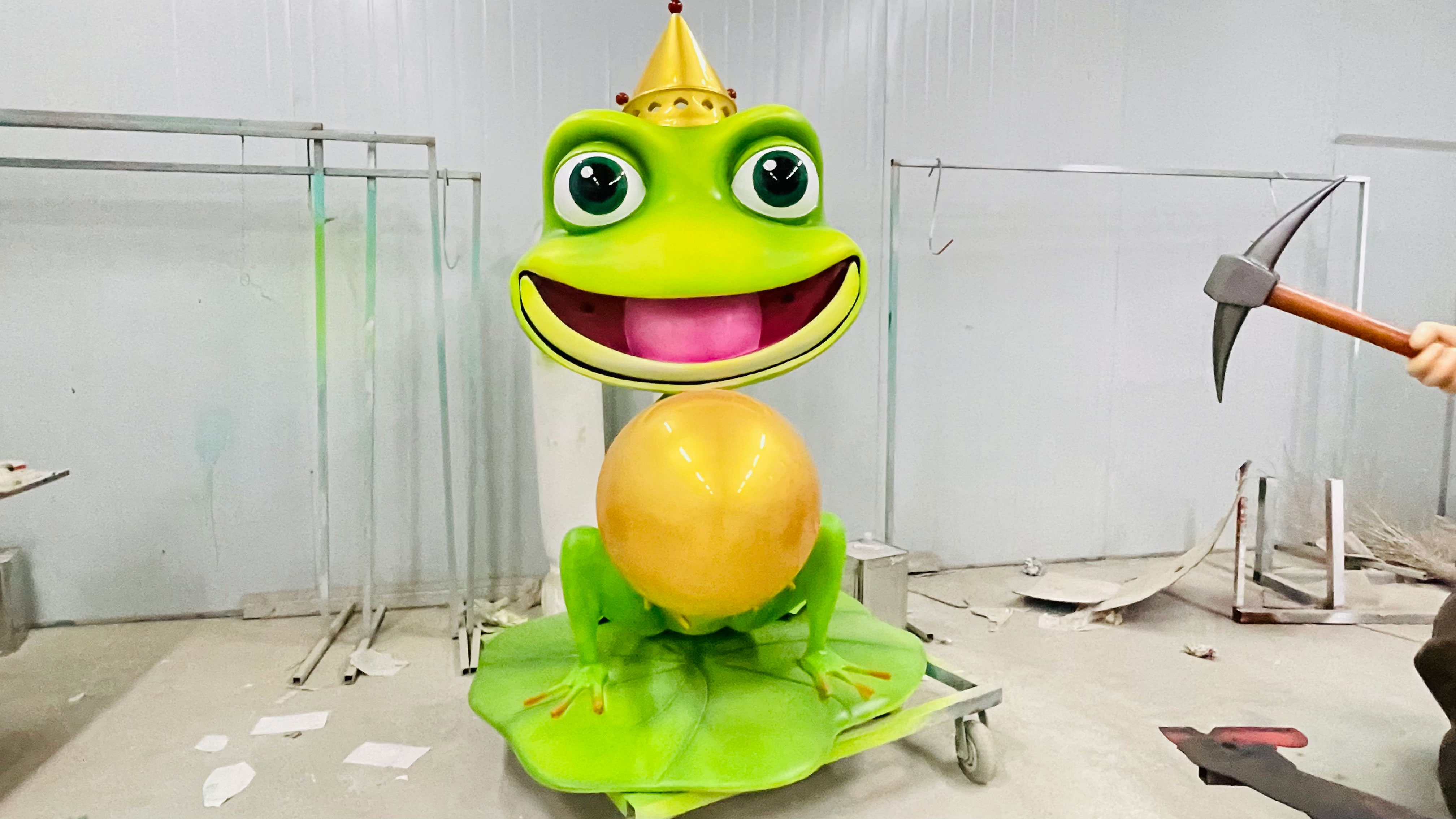
Conclusion
Navigating the legal landscape of licensed character statues requires balancing creative ambition with rigorous adherence to intellectual property laws. As explored, securing proper licenses, understanding compliance frameworks, and respecting established design guidelines form the foundation of ethical and legally sound statue creation. While the process may seem complex, systematic steps—from initial research to final authorized production—mitigate risks of infringement and foster trust with intellectual property holders. Case studies of legal disputes underscore the real-world consequences of bypassing these protocols, reinforcing the importance of due diligence. Ultimately, maintaining authenticity in design need not conflict with legal obligations; rather, it invites creators to innovate within boundaries defined by rights holders. By prioritizing transparency and collaboration, artists and manufacturers can contribute to a sustainable ecosystem where creativity thrives alongside respect for original works.
Frequently Asked Questions
What defines a licensed character statue?
A licensed character statue is a physical representation of a copyrighted or trademarked figure, produced with explicit permission from the intellectual property (IP) holder. This authorization ensures legal compliance and protects against infringement claims.
Why do I need a license to create fan-inspired statues?
Even if a design is "inspired by" an existing character, reproducing its distinctive features (e.g., logos, color schemes, or unique traits) often requires a license. IP laws protect recognizable elements, and unauthorized use can lead to legal action, even for non-commercial projects.
How do I verify if a character requires licensing?
Conduct a trademark and copyright search through databases like the U.S. Copyright Office or WIPO’s Global Brand Database. Consult an IP attorney to confirm ownership, especially for derivative works or public-domain adaptations with modern interpretations.
Can I modify a character to avoid infringement?
Significant alterations may reduce risks, but courts assess "substantial similarity" in protected elements. For example, changing a superhero’s costume color might not suffice if core attributes (e.g., mask design or backstory) remain identifiable. Always seek legal review before production.
What steps follow securing a license?
Licensing agreements often specify design approval processes, royalty structures, and quality standards. Maintain open communication with the IP holder, document all approvals, and adhere to manufacturing guidelines outlined in your contract.
Are fan art sales always illegal without licenses?
While some IP owners tolerate small-scale fan art, monetization typically requires authorization. Recent cases, like those involving anime franchises, show even independent sellers face takedowns or lawsuits if designs replicate copyrighted features.
How do I balance creativity with IP compliance?
Focus on original elements while avoiding protected details. For instance, design statues around generic poses or universal themes rather than trademarked scenes. Pair this strategy with thorough legal checks to maintain authenticity within legal bounds.
 ch
ch English
English






